Fifty Year Friday: Extrapolation, More, Audience
John McLaughlin: Extrapolation
Recorded on January 18, 1969 and released later that year, this very well could be the first true fusion album. The electric guitar of one of the finest electric guitarists in the generation after Grant Green and Jim Hall (how is it John McLaughlin is listed only at 68 on Rolling Stone’s 100 Greatest Guitarists list and Grant Green and Jim Hall are not on the list?) is featured prominently and emphatically throughout along with English sax jazz musician, John Surman, who incorporates his free-jazz experience seamlessly within the scope of the album’s intent.
The first composition is the Thelonious Monk sounding “Extrapolation”, setting the tone for a dynamic, musically extroverted album. Each track runs into the next, except for the side change (originally on LP, of course), creating a greater sense of mood and material continuity. The last track showcases a solo, acoustic McLaughlin, bringing a sometimes wild, but always musically accessible, stellar, and leading-edge jazz album to a thoughtful conclusion.
Album is produced by Georgian/Swiss/Italian/UK producer Giorgio Gomelsky, who also had produced and managed the Yardbirds and later worked with The Soft Machine, Gong, Magma, Bill Laswell and Laswell’s band, Material, and one of my favorite groups, Henry Cow. Album is engineered by Eddie Offord who later engineered the first four ELP albums and co-produced and engineered several of the Yes albums.
Track listing [From Wikipedia]
All tracks written by John McLaughlin.
| Title | Length | |
|---|---|---|
| 1. | “Extrapolation” | 2:57 |
| 2. | “It’s Funny” | 4:25 |
| 3. | “Arjen’s Bag” | 4:25 |
| 4. | “Pete the Poet” | 5:00 |
| 5. | “This Is for Us to Share” | 3:30 |
| 6. | “Spectrum” | 2:45 |
| 7. | “Binky’s Beam” | 7:05 |
| 8. | “Really You Know” | 4:25 |
| 9. | “Two for Two” | 3:35 |
| 10. | “Peace Piece” | 1:50 |
Personnel
- John McLaughlin – guitar
- John Surman – baritone and soprano saxophones
- Brian Odgers – double bass
- Tony Oxley – drums

Pink Floyd: Original Motion Picture Soundtrack from the film More
Pink Floyd’s first full album after Syd Barret was a movie soundtrack, More, recorded from January to May 1969, and released in the UK on June 13, 1967, a couple of weeks after the premiere of the movie More. Though the music is meant to support the movie, and is a collection of basically unrelated tracks with a significant breadth of musical variety, the album holds together nicely, like a well-conceived sampler LP.
The music ranges from the dreamy “Cirrus Minor”, to the eerily pre-grunge-rock track, “The Nile Song”, to the exquisitely harmonically and melodically simple “Crying Song” to music that anticipates space rock and Kraut Rock. This is virtually a catalog of some of the adventurous musical styles that would become popular in the coming years. Not hard to imagine why this is many listeners favorite Pink Floyd album. It is hard to imagine why Allmusic.com gives this two and a half stars or Rolling Stone Album Guide gives it two stars. More is more than just a movie soundtrack, it is an instruction manual of future musical styles.
Track listing [From Wikipedia]
|
Side one |
|||
|---|---|---|---|
|
# |
Title |
Writer(s) |
Length |
|
1. |
“Cirrus Minor“ | Waters |
5:18 |
|
2. |
“The Nile Song“ | Waters |
3:26 |
|
3. |
“Crying Song“ | Waters |
3:33 |
|
4. |
“Up the Khyber” (instrumental) | Mason, Wright |
2:12 |
|
5. |
“Green Is the Colour“ | Waters |
2:58 |
|
6. |
“Cymbaline“ | Waters |
4:50 |
|
7. |
“Party Sequence” (instrumental) | Waters, Wright, Gilmour, Mason |
1:07 |
| Total length: |
23:24 |
||
|
Side two |
|||
|---|---|---|---|
|
# |
Title |
Writer(s) |
Length |
|
1. |
“Main Theme” (instrumental) | Waters, Wright, Gilmour, Mason |
5:27 |
|
2. |
“Ibiza Bar“ | Waters, Wright, Gilmour, Mason |
3:19 |
|
3. |
“More Blues” (instrumental) | Waters, Wright, Gilmour, Mason |
2:12 |
|
4. |
“Quicksilver” (instrumental) | Waters, Wright, Gilmour, Mason |
7:13 |
|
5. |
“A Spanish Piece“ | Gilmour |
1:05 |
|
6. |
“Dramatic Theme” (instrumental) | Waters, Wright, Gilmour, Mason |
2:15 |
| Total length: |
21:32 |
||
Pink Floyd
- Roger Waters – bass guitar (1-6, 8-10, 13), tape effects, percussion, vocals
- Richard Wright – Farfisa organ (1, 4-6, 8-9, 11, 13), piano (4-6, 9), vibraphone (3, 11), Hammond organ (1), backing vocals
- David Gilmour – electric guitar (2, 9, 10, 13), slide guitar (3, 8, 11), acoustic guitar (1, 5), classical guitar (3, 6), flamenco guitar (12), percussion (12), lead vocals
- Nick Mason – drums (2-4, 8-10, 13), bongos (6-7), percussion (11)
- Additional personnel
- Lindy Mason – tin whistle (5, 7)

Audience: Audience
Audience recorded and released their first album in 1969, though it is not easy to find out exactly when. The band formed in 1969 and within weeks after their first rehearsal they had a record deal with Polydor and were playing at the famous Ronnie Scott’s in Soho, London, also site of the 1969 premiere of the Who’s Tommy. Polydor, though quick to sign the band, was not so efficient at promoting them or their album. The album had insignificant sales, not helped by the puzzling album cover, a dim negative of the band members, and shortly after its release was discontinued. Meanwhile during live performances, the band drew critical praise for their performances and material, and soon, while the backup touring band for Led Zeppelin, was signed to the Charisma label.
The first two songs on this album are unquestionably progressive rock. The tracks that follow, though more traditional rock, are still catchy and showcased the nylon-stringed acoustic-electric (fitted with an electric pickup) classical guitar of Howard Werth and the sax, clarinet and flute of Keith Gemmel, the latter using echo and wah-wah pedal to fill in some of the role of the traditional rock guitar. The album is worth listening to more than once, and the musicianship and arrangements are very good.
Track listing [From Wikipedia]
Unless noted, all tracks credited to Werth, Williams.[2]
Side one
- “Banquet” – 3:47
- “Poet” – 3:05
- “Waverley Stage Coach” (Williams) – 2:59
- “Riverboat Queen” – 2:57
- “Harlequin” – 2:35
- “Heaven Was an Island” – 4:18
Side two
- “Too Late I’m Gone” – 2:37
- “Maidens Cry” (Gemmell, Richardson, Werth, Williams)- 4:47
- “Pleasant Convalescence” – (Gemmell, Werth) – 2:30
- “Leave It Unsaid”
- “Man On Box” (Gemmell, Werth)
- “House On The Hill”
Audience
- Howard Werth – electric classical guitar, vocals
- Trevor Williams – bass
- Keith Gemmell – tenor saxophone, clarinet, flute
- Tony Connor – drums, vibes


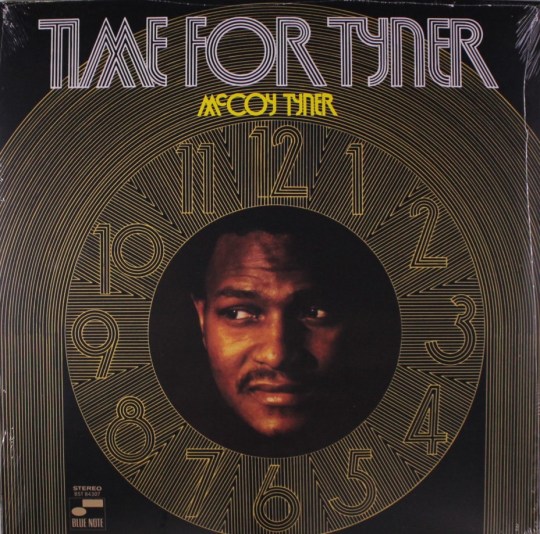 Recorded on May 17, 1968, and released in August of 1968, McCoy’s Tyner sixth albums feature the trio of Tyner, Herbie Lewis on bass and Freddie Waits on drums with the addition of Bobby Hutcherson on vibes for the first side of the two lengthier Tyner compositions and the the first two tracks on side two, Tyner’s “May Street” and Richard Rodger’s “I Didn’t Know What Time It Was” from the 1939 Musical, “Too Many Girls.”
Recorded on May 17, 1968, and released in August of 1968, McCoy’s Tyner sixth albums feature the trio of Tyner, Herbie Lewis on bass and Freddie Waits on drums with the addition of Bobby Hutcherson on vibes for the first side of the two lengthier Tyner compositions and the the first two tracks on side two, Tyner’s “May Street” and Richard Rodger’s “I Didn’t Know What Time It Was” from the 1939 Musical, “Too Many Girls.”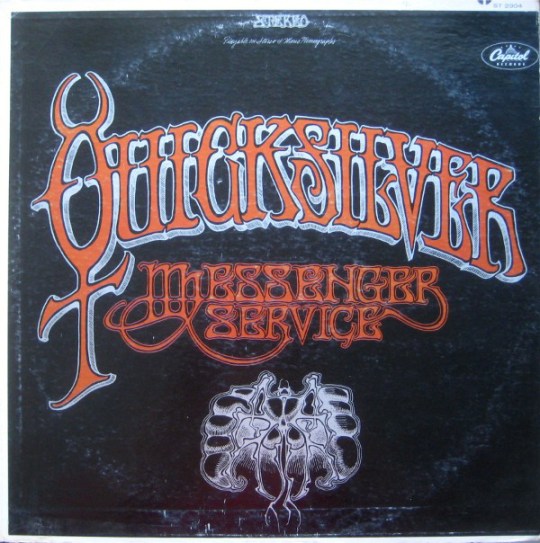




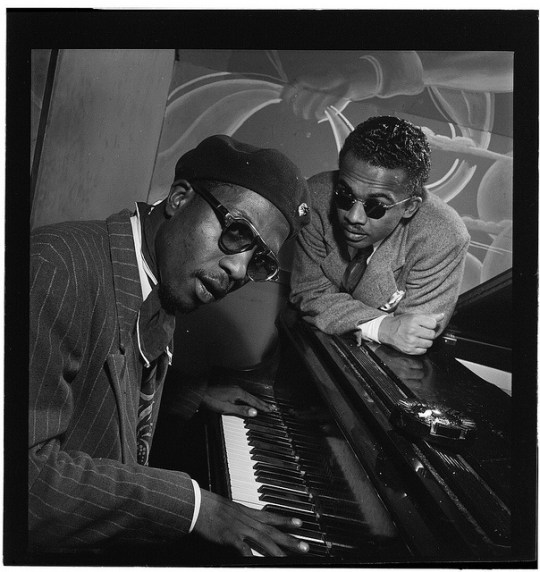

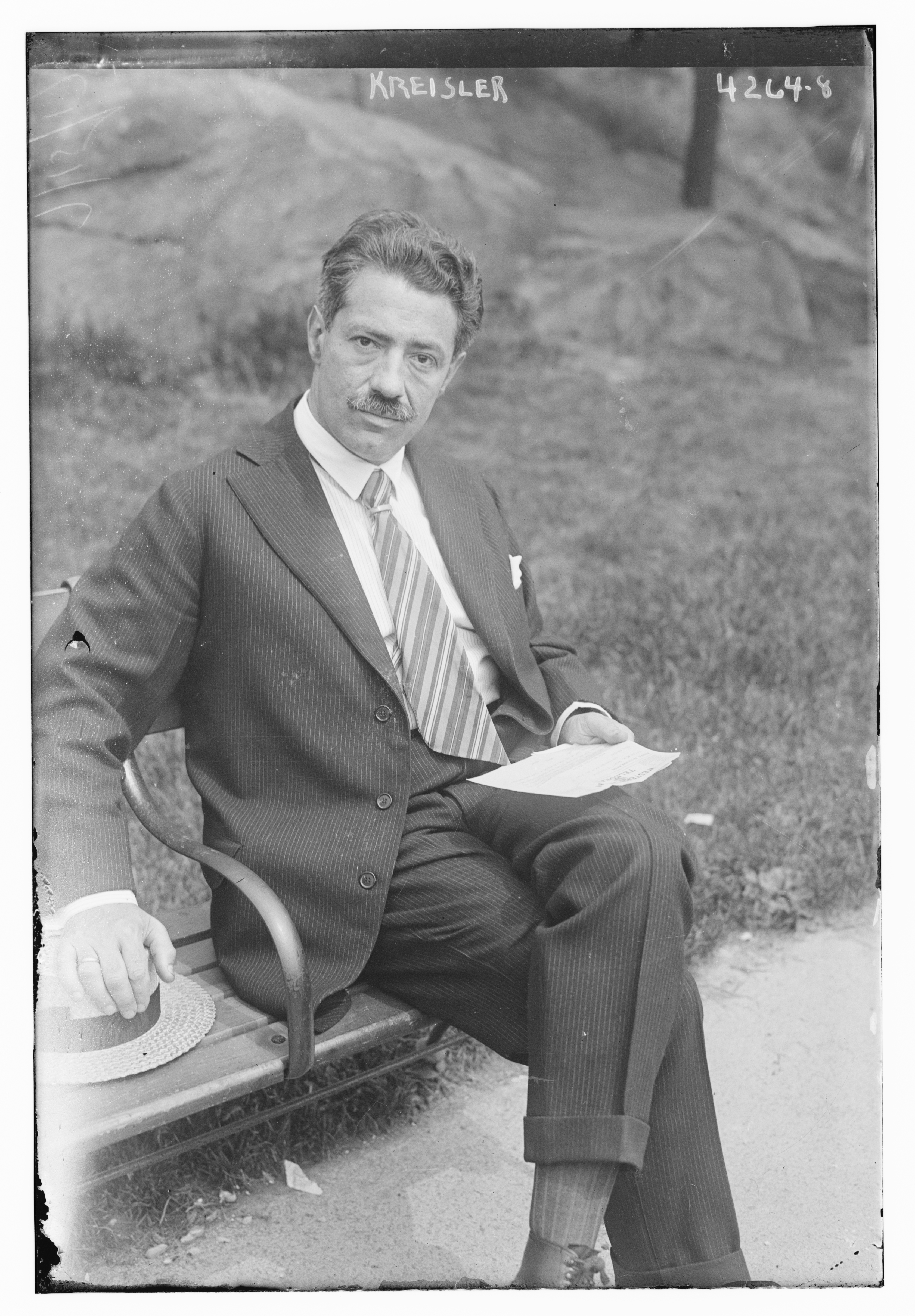




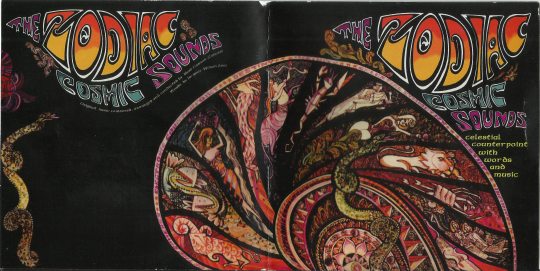





:format(jpeg):mode_rgb():quality(40)/discogs-images/R-762405-1156303154.jpeg.jpg)